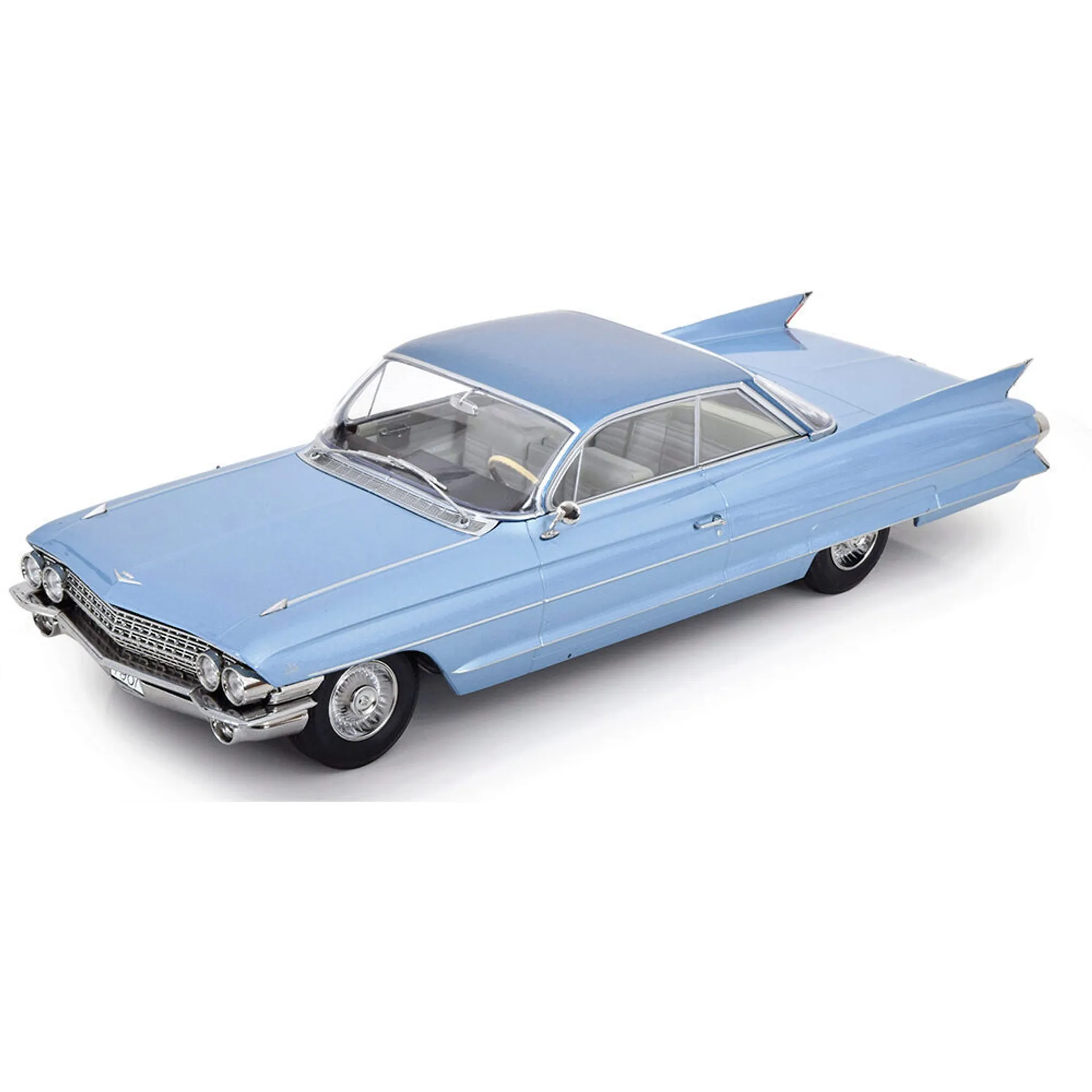What are Diecast Models?
Diecast models are miniature replicas of real-world vehicles, typically cars, trucks, airplanes, and motorcycles. They are crafted using a die-casting process, where molten metal (usually zinc alloy) is injected into a mold to create detailed and accurate representations. These models have evolved from simple toys to highly sought-after collectibles, prized for their intricate details, realism, and historical significance. They offer enthusiasts a tangible way to appreciate automotive history, engineering, and design, making them a fascinating hobby for people of all ages. The level of detail in modern diecast models is truly impressive, with manufacturers striving to replicate everything from the interior and engine components to the exterior paint and decals. Diecast models are not just toys; they are miniature works of art that capture the essence of the vehicles they represent. They are also a great way to celebrate your favorite car brands.
Types of Diecast Models
Diecast models come in a wide variety of types, catering to diverse interests and preferences. The most popular are diecast cars, representing everything from classic vintage automobiles to modern supercars. There are also diecast trucks, including semi-trucks, delivery vans, and construction vehicles. Airplane enthusiasts can find detailed diecast models of various aircraft, from commercial airliners to military fighter jets. Motorcycles, trains, and even military vehicles are also available, expanding the collecting possibilities. The range of scales is equally diverse, with popular scales including 1:18, 1:24, and 1:43, each offering a different size and level of detail. Limited edition models and those representing specific eras or events are highly sought after, further adding to the appeal. The variety ensures that there’s a diecast model for every collector, regardless of their interests.
Scale and Size
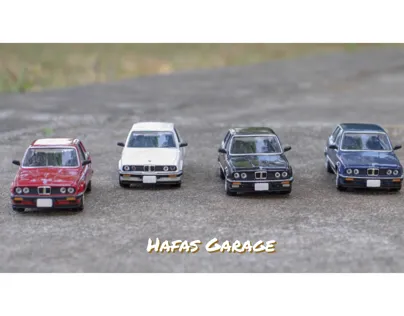
Scale is a crucial aspect of diecast model collecting, referring to the ratio between the model’s size and the actual vehicle. Common scales include 1:18, 1:24, 1:43, and 1:64, with each scale offering a different level of detail and size. 1:18 scale models are larger and showcase intricate details, making them a favorite among serious collectors. 1:24 scale models are a bit smaller but still offer significant detail. 1:43 scale models are more compact and often easier to display in larger quantities, while 1:64 scale models are the smallest and most affordable, perfect for casual collectors. Understanding the scale is essential when building a collection, as it affects display space, pricing, and the level of detail. Collectors often specialize in a particular scale or mix scales to create a diverse and visually interesting collection. Choosing the right scale depends on personal preference, available space, and budget.
Material and Build Quality
The material and build quality of a diecast model significantly impact its appearance, durability, and value. The die-casting process itself uses molten metal, typically a zinc alloy, which is injected into a mold to create the model’s body. High-quality models have a solid, well-finished feel, with minimal gaps or imperfections. The paint finish should be smooth, consistent, and free of blemishes. Detailing, such as decals, badges, and interior elements, should be crisp and accurately applied. Features like opening doors, hoods, and trunks, along with working steering and suspension, add to the model’s realism and collectibility. The use of quality materials ensures that the model will withstand handling and maintain its appearance over time. Checking reviews and examining models in person is recommended to assess the quality of the construction. High-quality materials translate to a more valuable and enjoyable collecting experience.
Metal vs. Plastic Components
Diecast models are primarily constructed from metal, which forms the body and main structural components. However, plastic is also used for various parts, such as the interior, wheels, tires, and sometimes the undercarriage. The metal components provide weight and a realistic feel, while plastic allows for intricate detailing and flexibility. The balance between metal and plastic varies depending on the model and manufacturer. High-end models often have a higher proportion of metal, enhancing their durability and premium feel. Plastic components are often used for smaller, more detailed parts, such as mirrors, wipers, and interior trim. The quality of the plastic is also important, with better-quality plastics being less prone to warping or cracking. A combination of both metal and plastic allows for a balance of realism, detail, and affordability, and understanding this balance helps you evaluate the overall quality of the model. Metal provides the essential weight and sturdiness, while plastic enables complex designs and fine details.
Paint and Detailing
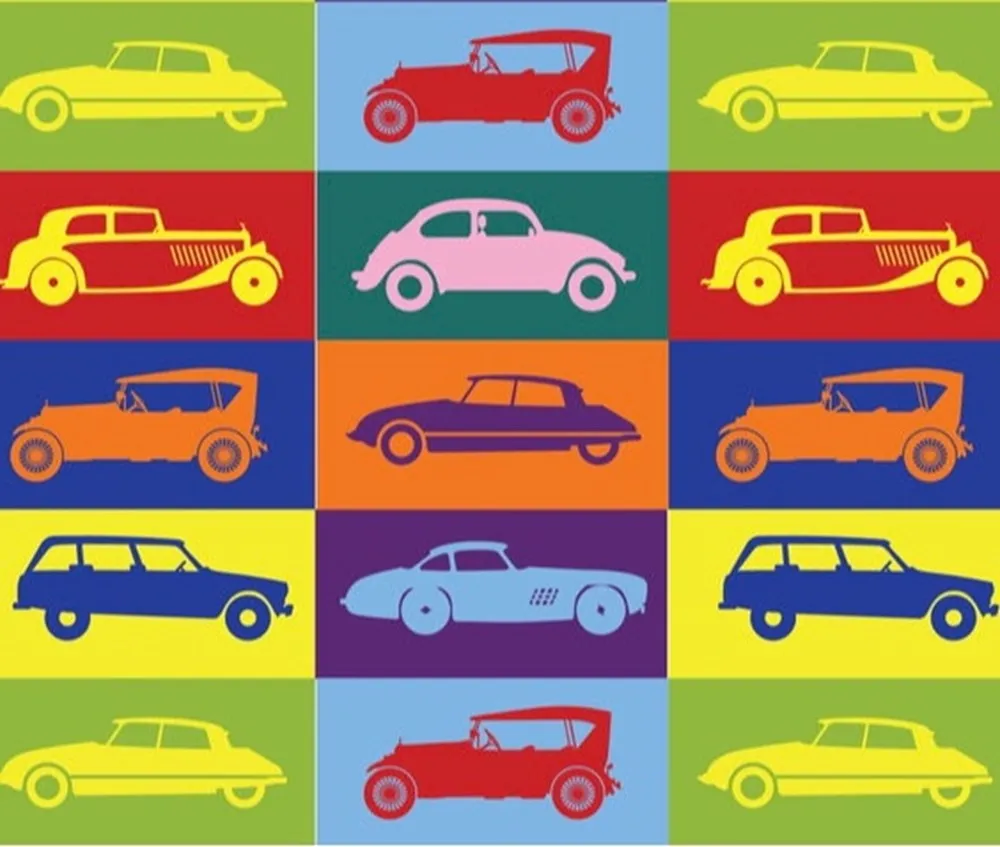
Paint and detailing are critical elements in the appeal and value of a diecast model. The paint should be smooth, even, and free of defects, such as runs, bubbles, or imperfections. The color should accurately represent the original vehicle’s paint scheme. Detailing involves the application of decals, badges, and other markings to replicate the real-world vehicle’s appearance. High-quality models feature crisp, accurate detailing with fine lines and clear printing. Interior details, such as the dashboard, seats, and steering wheel, should be meticulously replicated. Engine components, such as the engine block, belts, and hoses, are also often included, adding to the model’s realism. The level of detail varies depending on the scale and the manufacturer’s commitment to accuracy. Many manufacturers use techniques like tampo printing and pad printing to apply detailed graphics. Proper paint and detailing are the hallmarks of a well-made diecast model, making it visually appealing and a joy to collect.
Factors to Consider When Buying
Several factors come into play when buying diecast models, influencing your satisfaction and the value of your collection. Consider the scale, as it affects the model’s size, detail, and display requirements. Research the manufacturer, as different brands have varying reputations for quality, detail, and accuracy. The model’s rarity and collectibility are important, with limited-edition models or those representing rare vehicles often commanding higher prices. Evaluate the model’s condition, looking for any damage, missing parts, or imperfections. Compare prices from different retailers to ensure you’re getting a fair deal. Consider the model’s historical significance and the vehicle’s importance. Think about the subject matter; do you enjoy classic cars, modern sports cars, or other vehicles? Decide on a budget and stick to it to avoid overspending. Buying diecast models involves a mix of research, evaluation, and personal preference, ensuring you add models you will cherish. Careful consideration of these factors will help you build a collection you are proud of.
Brand Reputation and Reviews
The brand reputation is a key consideration when buying diecast models. Reputable brands consistently deliver high-quality products, excellent detailing, and accurate representations of real-world vehicles. Researching the brand’s history, customer reviews, and online forums can provide valuable insights. Look for brands known for their attention to detail, use of quality materials, and overall accuracy. Reviews from other collectors can help you gauge the model’s build quality, paint finish, and accuracy. Brands like Autoart, Minichamps, and CMC are known for their high-end models with exceptional detail. Other brands, such as Hot Wheels and Maisto, offer more affordable options. Compare the brand’s reputation with the model’s price to ensure you are getting good value. Some brands specialize in specific types of vehicles or scales, so research their strengths and weaknesses. Choosing well-regarded brands increases the likelihood of receiving a high-quality, collectible model. Read reviews and compare models from different brands to make informed decisions.
Rarity and Collectibility
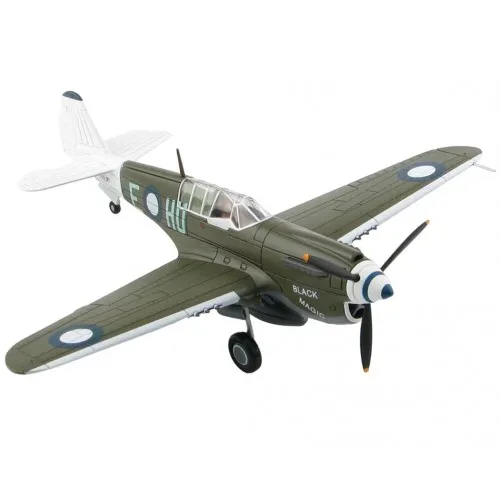
Rarity and collectibility are crucial factors influencing the value and desirability of a diecast model. Limited edition models, those produced in small quantities, or those representing specific vehicles, such as prototypes or race cars, often command higher prices. Look for models with certificates of authenticity or those that are numbered, indicating their limited production run. Models that have historical significance or represent iconic vehicles also tend to be more collectible. Research the model’s production run and availability to determine its rarity. Check online auction sites and collector forums for market prices and demand. Keep an eye out for models in their original packaging, as this can significantly increase their value. The condition of the model is also essential, with models in pristine condition being more desirable. Consider the model’s potential for appreciation over time; rare models are more likely to increase in value. Rarity and collectibility add a thrilling dimension to diecast model collecting. Carefully assessing these factors will help you make wise investments and create a collection with lasting value.
Price and Budgeting
Setting a budget is essential when buying diecast models to avoid overspending and stay within your financial comfort zone. Diecast models range in price from a few dollars to several hundred, depending on factors like scale, brand, detail, and rarity. Determine how much you’re willing to spend on each model and stick to that limit. Research the average price of models you are interested in to get a baseline. Compare prices from different retailers, both online and in physical stores, to find the best deals. Consider the model’s long-term value; some models may appreciate over time, while others may depreciate. Prioritize models that align with your collecting goals and interests. You might want to allocate more of your budget to models that are more valuable or rare. Look for sales, discounts, and special offers to stretch your budget further. Track your spending to ensure you stay within your budget. A well-planned budget allows you to enjoy the hobby without financial stress. Smart budgeting lets you build a collection you can be proud of.
Where to Buy Diecast Models
There are several places to buy diecast models, each offering different advantages and disadvantages. Online retailers provide convenience and a wide selection, but you can’t inspect the model in person before buying. Local hobby shops offer the opportunity to examine models and get expert advice. Auction sites and secondhand markets can provide unique models at competitive prices. Major retailers like Amazon and eBay host vast selections from various sellers, but it’s important to check seller ratings and read reviews. Specialty diecast model stores often have knowledgeable staff and a curated selection. Model car shows and swap meets are great places to find rare and vintage models. Consider your preferences, budget, and the model you want. Purchasing from a reputable source is vital to ensure you’re getting authentic models. You should also check the seller’s return policy. Knowing where to find these models opens the door to building an exciting collection.
Online Retailers vs. Local Shops
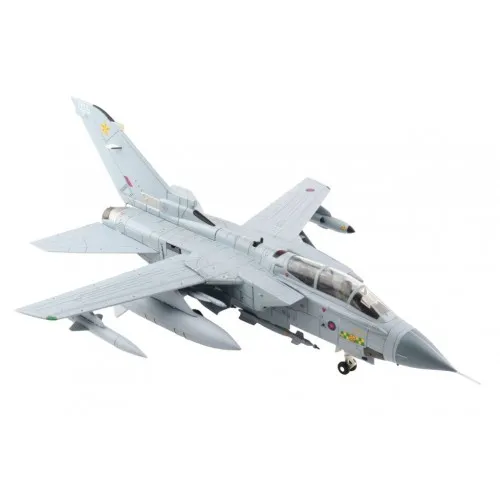
Both online retailers and local shops offer distinct advantages for buying diecast models. Online retailers, such as Amazon, eBay, and specialty diecast model stores, provide unparalleled convenience and access to a vast selection of models from around the world. You can browse models from the comfort of your home, compare prices easily, and read reviews from other buyers. However, you cannot physically inspect the model before purchasing, so you must rely on photos and descriptions. Shipping costs and potential return hassles are also considerations. Local shops allow you to see and handle models before you buy, ensuring that the model meets your expectations. You can get expert advice from knowledgeable staff and support local businesses. The selection may be more limited, and prices might be slightly higher. Weigh the pros and cons of each option to find the best fit. If you are unsure about the condition or authenticity of a model, a local shop is often preferable. Online retailers offer the advantage of convenience, while local shops let you check the model in person.
Auction Sites and Secondhand Markets
Auction sites and secondhand markets, such as eBay and local swap meets, can be great places to find unique and hard-to-find diecast models. These platforms often feature rare, vintage, or limited-edition models that are unavailable elsewhere. Bidding on models can be exciting, and you may be able to acquire models at competitive prices. However, the condition of the models may vary, and you must carefully review photos and descriptions before bidding. Verify the seller’s feedback and reputation to minimize the risk of scams or misrepresented items. Auction sites may have fees, which could impact the final price. Secondhand markets allow you to examine models in person and negotiate prices. Be cautious about counterfeits or replicas, and ensure you’re purchasing authentic models. Consider the shipping costs and potential for returns. Auctions and secondhand markets can be rewarding for collectors who are looking for bargains or unique pieces. Proper research and diligence are necessary to ensure a successful purchase.
Displaying and Maintaining Your Collection
Proper display and maintenance are essential for preserving the condition and value of your diecast model collection. Display your models in a dust-free environment away from direct sunlight, which can cause fading and damage. Consider using display cases, shelves, or cabinets to protect your models. Organize your collection by scale, brand, or theme to create a visually appealing display. Regular cleaning is necessary to prevent dust buildup, which can scratch the models. Handle your models carefully and avoid touching them excessively, as this can transfer oils and fingerprints. If you store your models for an extended time, use archival-quality materials to prevent damage. Protect your models from extreme temperatures and humidity, which can also cause damage. Proper display and maintenance will keep your models in excellent condition and ensure they remain enjoyable for years to come. Taking care of your collection is a sign of a true enthusiast.
Proper Storage
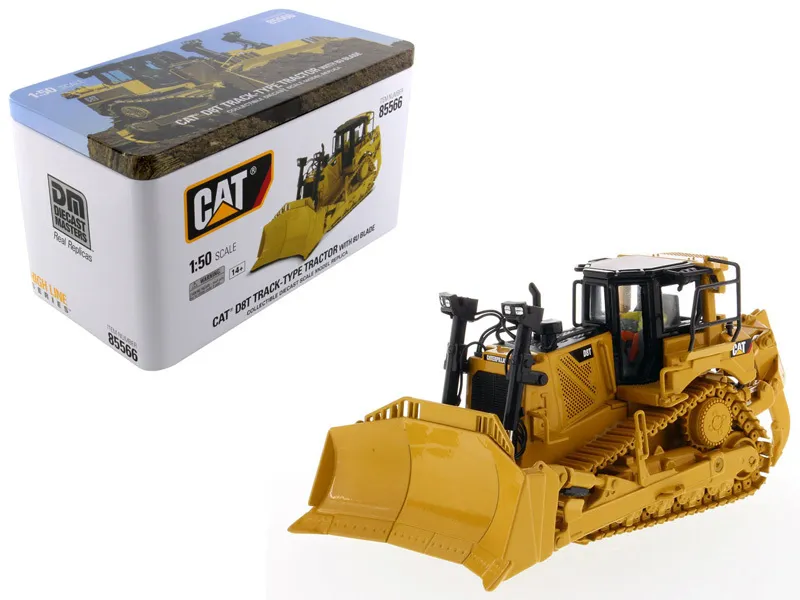
Proper storage is essential for protecting your diecast model collection from damage, dust, and environmental factors. If you’re not displaying all of your models, store them in a cool, dry place away from direct sunlight and extreme temperatures. Consider using acid-free boxes, archival-quality containers, or original packaging to protect your models. Avoid storing models in attics, basements, or garages where they might be exposed to humidity, temperature fluctuations, or pests. Wrap each model individually in soft, acid-free paper or bubble wrap to prevent scratches. Label each box or container with the model’s details, such as the make, model, scale, and any special features. Regularly check your stored models for any signs of damage or deterioration. Rotate your collection periodically to showcase different models and prevent long-term storage in the same position. By following these guidelines, you can ensure that your diecast models remain in excellent condition for years to come. Proper storage helps maintain the value of your investment and protects your cherished collectibles.
Cleaning and Maintenance
Regular cleaning and maintenance are vital for keeping your diecast models looking their best and preserving their value. Dust your models regularly using a soft, dry cloth or a small, soft-bristled brush. Avoid using harsh chemicals or abrasive cleaners, which can damage the paint finish. If a model is particularly dirty, gently clean it with a slightly damp cloth and mild soap solution. Use cotton swabs or toothpicks to clean hard-to-reach areas, such as crevices and panel lines. Avoid excessive moisture, which can cause rust or other damage. Inspect your models periodically for any signs of damage, such as loose parts, paint chips, or fading. Repair any minor damage promptly to prevent it from worsening. Protect your models from direct sunlight, which can cause fading over time. Store your models in a controlled environment to prevent damage from temperature fluctuations or humidity. Regular cleaning and maintenance are a small investment that can make a big difference in the appearance and longevity of your diecast model collection. Keeping your models clean and well-maintained showcases your enthusiasm for the hobby.
Top 7 Buying Tips for Diecast Models
Buying diecast models can be exciting, but it’s helpful to follow some key tips to ensure you make informed and satisfying purchases. Research is fundamental, so begin with a thorough understanding of the model you want, its history, and any known issues. Scrutinize the model carefully, inspecting every detail for any imperfections. Always verify the model’s authenticity, looking for telltale signs of a fake or replica. Consider the packaging; original packaging adds value and helps protect the model. Reading reviews from other collectors can provide valuable insights into quality and accuracy. Establish a budget and stick to it to avoid overspending. Finally, buy what genuinely interests you; this way, you’ll enjoy the hobby more. Following these tips will help you navigate the world of diecast model collecting with confidence. The more you know, the better your collecting journey will be.
Research Before Buying
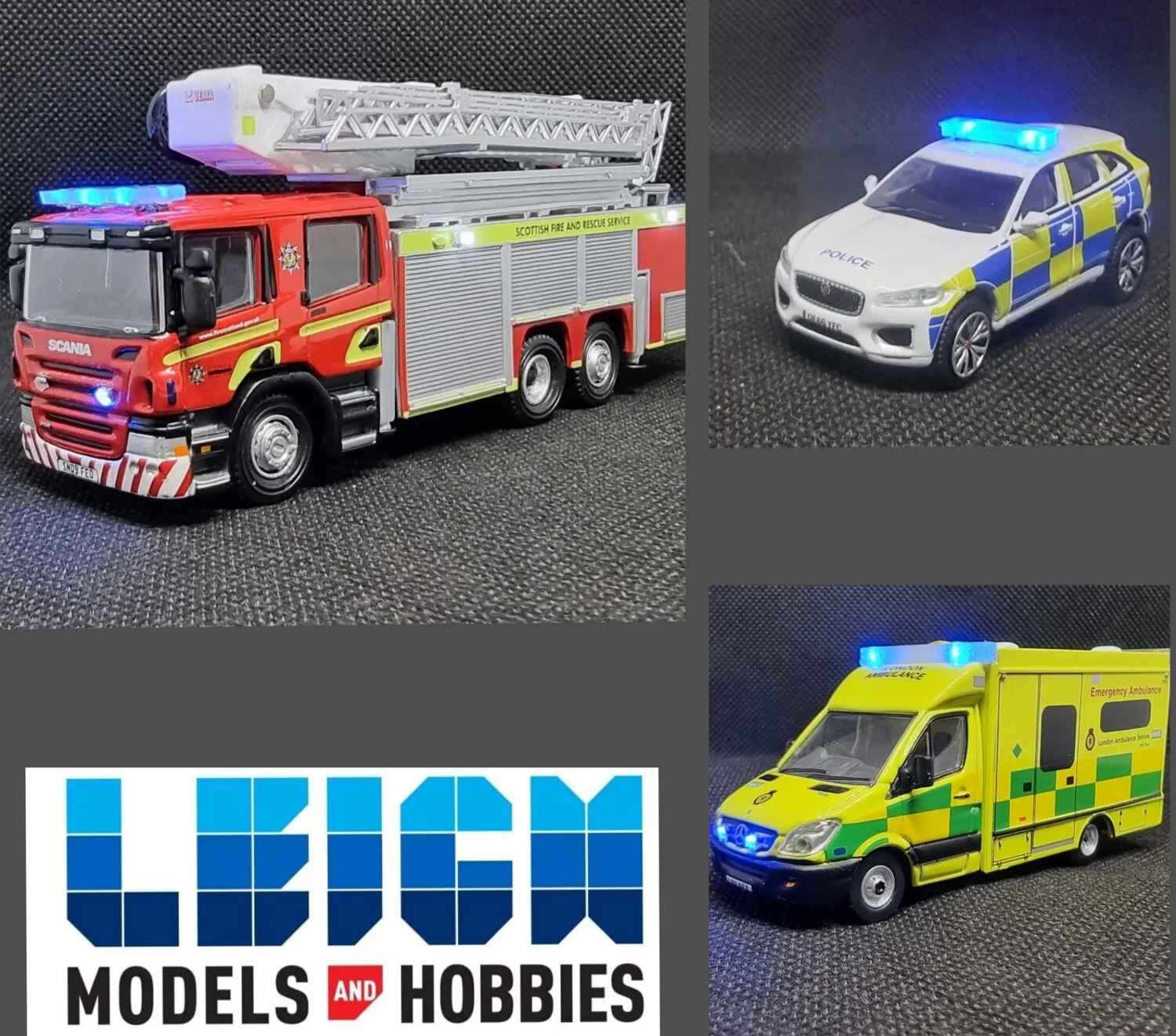
Research is the cornerstone of smart diecast model buying. Before making any purchase, investigate the model’s history, specifications, and production details. Learn about the real-world vehicle the model represents; this will improve your appreciation for the model’s accuracy. Identify the manufacturer and research their reputation for quality, detail, and historical accuracy. Read reviews from other collectors to learn about their experiences and opinions. Search for information on the model’s production run, rarity, and potential value. Check online forums and collector communities for discussions about the model’s quality and any known issues. Consider comparing the model to photographs of the real-world vehicle to assess its accuracy. This research will empower you to make informed decisions. Knowing the model you are buying makes the collecting process enjoyable.
Inspect the Model Carefully
Careful inspection is essential for ensuring you’re buying a high-quality diecast model. Examine the model closely for any imperfections, such as paint blemishes, misaligned parts, or missing details. Check for any signs of damage, such as scratches, dents, or broken components. Test any moving parts, such as doors, hoods, and wheels, to ensure they operate smoothly. Pay close attention to the detailing, including decals, badges, and interior elements. Look for any signs of glue or other imperfections. Consider the overall fit and finish, checking for any gaps or unevenness. If possible, compare the model to photographs of the real-world vehicle to assess its accuracy. If buying online, request additional photos from the seller to get a better look at the model. A thorough inspection ensures that the model meets your standards of quality and accuracy. Inspecting the model carefully allows you to assess its condition and make an informed purchasing decision.
Check for Authenticity
Checking for authenticity is crucial when buying diecast models, especially if you’re considering rare or valuable pieces. Counterfeit models can be difficult to identify, but there are several things you can look for. Research the model’s original features and compare them to the model you are considering purchasing. Examine the model’s packaging, looking for any signs of tampering or inconsistencies. Check for any certificates of authenticity or other documentation that verifies the model’s originality. Inspect the model itself for any signs of poor workmanship or inaccurate detailing. Compare the model’s details to known examples of the same model. Purchase from reputable dealers or sellers who have a strong track record. If you’re unsure about the authenticity of a model, consult with a knowledgeable collector or expert. Verifying the authenticity ensures that you’re getting an authentic piece. Don’t hesitate to ask for expert advice when needed. Take your time, and always do your research to get a genuine model.
Consider the Packaging
The packaging of a diecast model is more than just a box; it contributes to the model’s value, especially for collectible pieces. Original packaging helps protect the model from damage and increases its desirability. Look for models with their original boxes, inserts, and any accompanying documentation. The condition of the packaging should be taken into account, as it can affect the overall value of the model. Check for any signs of wear, such as tears, creases, or fading. If you plan to display your models, consider storing the packaging separately to preserve its condition. Carefully inspect the packaging for any clues about the model’s history, such as special editions or limited releases. If you intend to resell the model, the packaging can have a significant impact on its value. Consider the packaging when evaluating a model. Original packaging is important for collectors.
Read Reviews
Reading reviews from other collectors is a great way to learn about the quality and accuracy of a diecast model before you buy it. Online reviews provide valuable insights into a model’s build quality, paint finish, and level of detail. Look for reviews from reputable sources and experienced collectors. Pay attention to comments about any known issues, such as defects or inaccuracies. Compare reviews from different sources to get a balanced view of the model. Check online forums and collector communities for discussions about the model and its features. Look for reviews that include photos and videos. Reading reviews can help you make an informed decision and avoid potential disappointments. Reviewers often highlight pros and cons, which can guide you through the model’s features and help you find a model that fits your tastes and interests. Reviews provide a useful look at the model from the perspective of collectors who own it.
Set a Budget
Setting a budget is critical for responsible diecast model collecting. Establish a clear financial plan before you begin buying. Determine how much you are willing to spend on each model and set a limit. Prioritize your collecting goals; are you more interested in rare models, specific brands, or certain vehicle types? Allocate your budget based on these priorities. Research the prices of models you are interested in to determine a reasonable range. Consider the potential for future value appreciation when setting your budget. Track your spending to ensure you stay within your limits. Look for opportunities to save money, such as sales, discounts, and pre-owned models. By setting a budget, you can enjoy your hobby without overspending. A budget helps you keep your collecting enjoyable and prevents you from overspending. This ensures the joy of collecting lasts.
Know Your Interests
Knowing your interests is the key to building a satisfying diecast model collection. Focus on vehicles that genuinely appeal to you. Consider the brands, eras, and vehicle types that you are passionate about. Do you love classic cars, modern sports cars, trucks, or airplanes? Identify the models that resonate with your personal taste and preferences. Specializing in a particular niche can enhance your collecting experience. Research your chosen area of interest and learn as much as you can about the vehicles that you collect. Attend model car shows or join online communities to connect with other enthusiasts who share your interests. Knowing your interests helps you focus your efforts and build a collection that you are proud of. Your collection will be a reflection of your passion.
